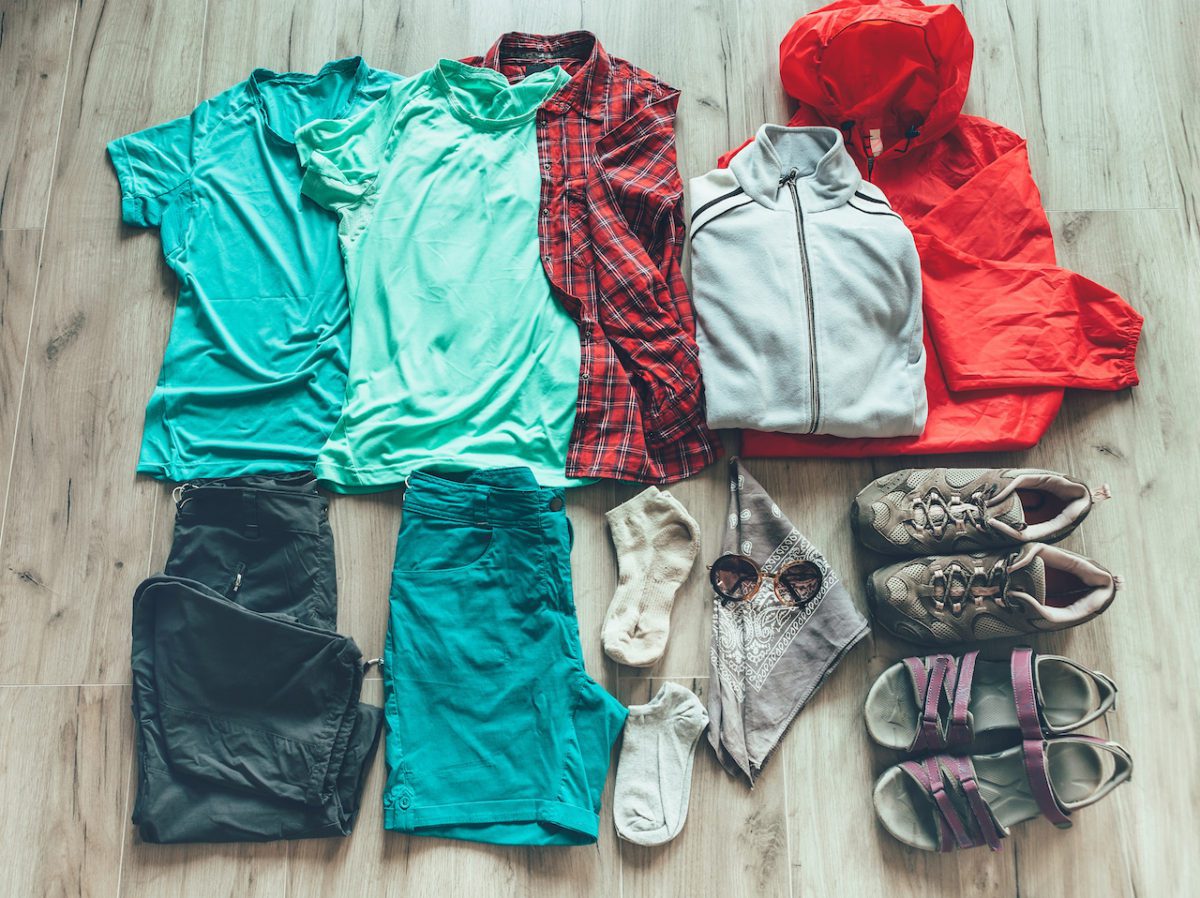Best Men's Backpacking Clothes:
Having the right gear is essential to any backpacking trip, and one of the most critical pieces of equipment for any backpacking trip is the clothes you wear. Remember that different trips may require other clothing depending on the environment, time of year, and weather conditions. But below are some of the best men’s backpacking clothes out on the market today!

Down jackets are a must whenever you hit the backcountry, and my favorite is this north face. With an 800 fill count and its packability makes, it a must to keep you warm while backpacking.
Easily one of the best investments you can make. Prana makes the best hiking pants. Not only are they incredibly comfortable, but they are sturdy. I have owned these pants for the past six years without so much as one hole in them!
You always need a rain jacket when you are out on the trail regardless if you are doing a day hike or a multi day backpacking trip. This Columbia men’s rain racket is light-weight comfortable and packs down easily.
Okay, next up is the hiking shirt. So, to be honest with these, you can go with any breathable material, such as polyester or nylon. But I love this Under Armour Men’s T-Shirt. It’s lightweight, breathable, and affordable.
You need hiking socks! If you don’t believe that then read through my article “Are Hiking Socks Necessary 5 Reasons Why You Need A Pair.” I absolutely love the Darn Tough brand because of its variety of SKU’s, comfort, warmth, and not to mention they have a LIFETIME WARRANTY! If you do not already own a pair of these, you have to try them out.
Disclosure: Some links on this page are affiliate links, and if you go through them to make a purchase or a booking, I may earn a commission. Using these links DO NOT affect the cost of the product/booking. The price remains the same affiliate link or not.


























